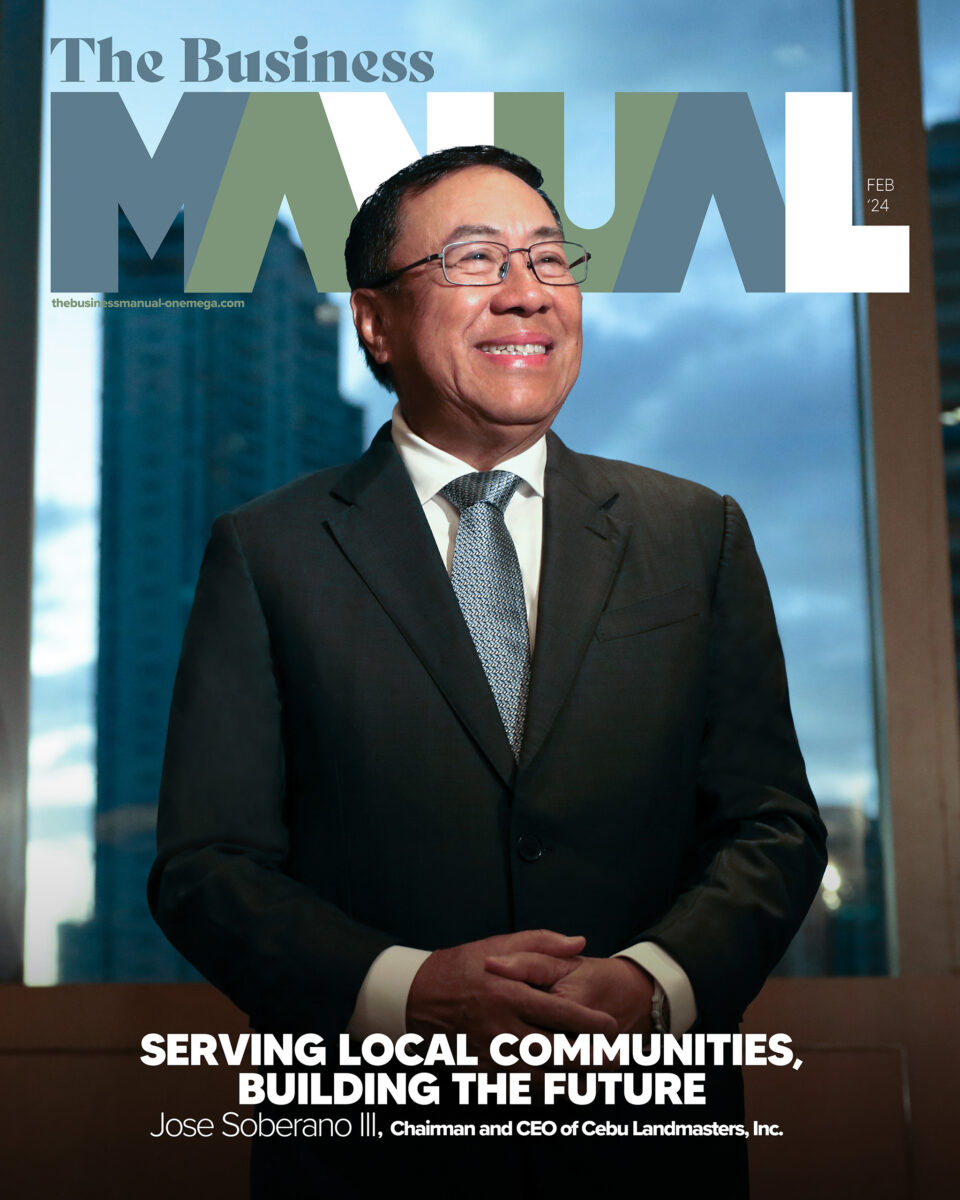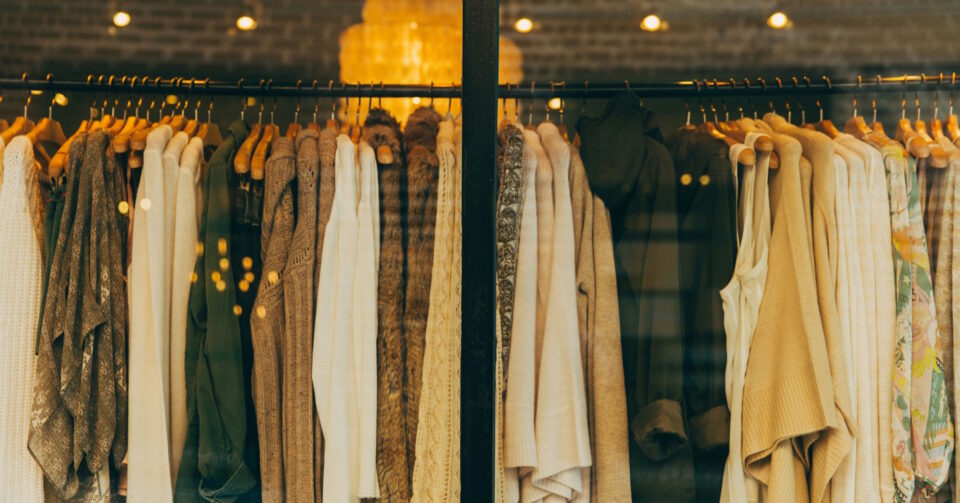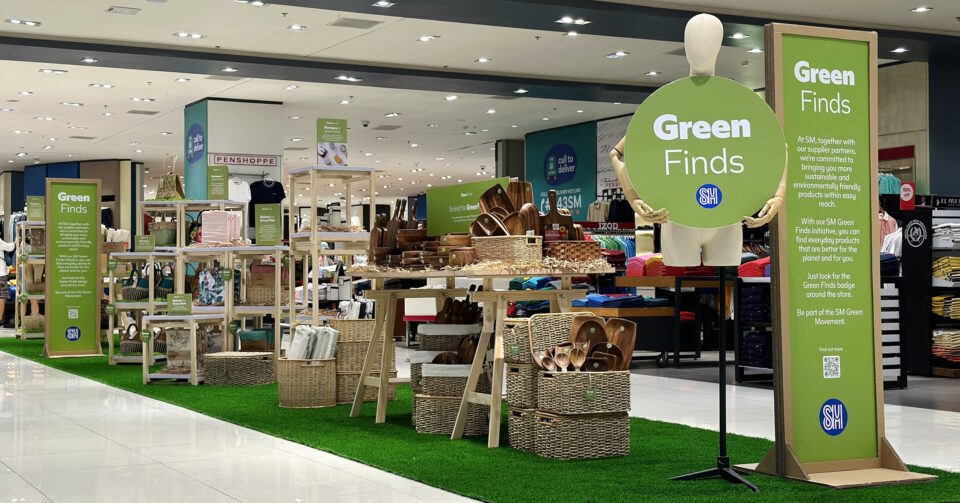How has the Pandemic Changed E-commerce for the Better?
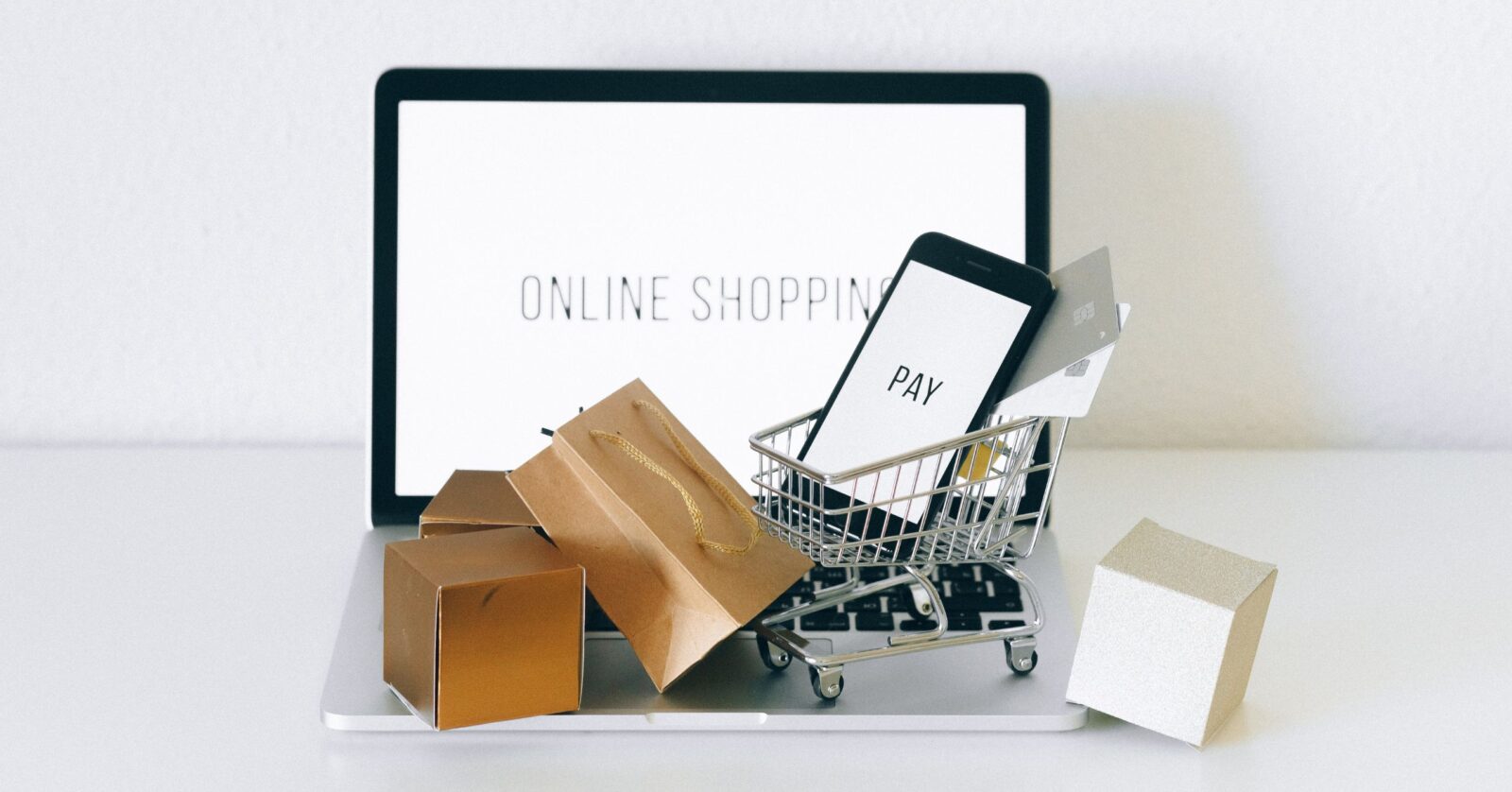
Despite the restrictions and lockdowns due to the COVID-19 pandemic, people still needed to earn money somehow. Enter e-commerce—the business game-changer.
At the height of the COVID-19 pandemic in 2020, the Department of Trade and Industry (DTI) tallied a record-high of 88,000 new online businesses by the end of the year. With brick-and-mortar establishments ordered closed and people stuck at home, as a number of them have been laid off from work, many have resorted to starting online businesses of their own.
This influx of new businesses came about for a variety of reasons. For one thing, people needed a new source of income. As for the others, they wanted to pursue a passion project because they finally had the time or create side hustles that gave them extra income.
Today, three years after the pandemic began, e-commerce is a thriving industry here in the Philippines. In fact, revenue in this particular market is projected to reach $18.16 billion (around PHP 1 trillion) this year. And while thousands of online businesses—still present today—started during the pandemic, there are a good number of businesses that already existed pre-pandemic and have experienced firsthand the changes it brought about to e-commerce.
To get a better idea about how said changes during the pandemic positively helped the e-commerce industry, we asked Narra Wooden Watches owner Kelvin Yu and Waxing Buddies co-owner Julie Calugcug to share their insights.
E-commerce in the Philippines, Pre-Pandemic
Having launched Narra Wooden Watches in 2018, Kelvin experienced a couple of struggles that came with owning an online business pre-pandemic. Although these are no longer big issues today—thanks to the rise of e-commerce—it does come with its share of downsides. And that includes not having a physical store for the business.
“E-commerce wasn’t as prevalent pre-pandemic as it is today,” the 26-year-old entrepreneur shares. “Not having a physical location to showcase my products meant that I had to rely on beautiful photos to catch attention.”
Because of this, he had to dedicate a lot of his funding to online advertising so that his intended audience would actually see both his products and the website he set up.
“I quickly learned that people aren’t as willing to let go after simply seeing an ad one time, especially for a watch priced at PHP 2,790,” Kelvin shares of his experience. “I learned a so-called marketing ‘Rule of 7,’ which states that a customer on average needs seven interactions with a brand before they take action and buy your product or service, which—considering I only had a limited marketing budget back then—made me quite impatient with how fast I was getting sales!”
Another struggle that he faced pre-pandemic include logistical issues. “Online deliveries before the pandemic were not as efficient as they are today,” he explains. “Just when you thought the hard part of closing a sale was finished, couriers would fail to deliver your products, which was very frustrating!”
The Highs and Lows of the Pandemic
In hindsight, the pandemic may have greatly improved e-commerce in the country, but this change definitely didn’t happen overnight for online business owners—both old and new. Like many business owners, Kelvin had to temporarily close his business for three months during the height of the lockdowns in 2020.
Despite this, Kelvin could see that e-commerce was beginning to rapidly grow. “People were more comfortable buying products online,” he says.
Thanks to pre-pandemic customers who left positive reviews, people began to trust his business. “By the end of the year, despite the three-month hiatus, sales doubled. I released four new designs, feedback from customers was exceptional, and I genuinely felt really happy and proud of what I’ve accomplished,” Kelvin proudly adds.
Many of the challenges he faced prior to the pandemic were not that much of a headache anymore either—thanks to the growth of e-commerce, including logistics. “Thankfully, today, I’ve found multiple couriers at cost-efficient rates, and, overall, couriers have gotten faster and more efficient at delivering door to door,” he notes.
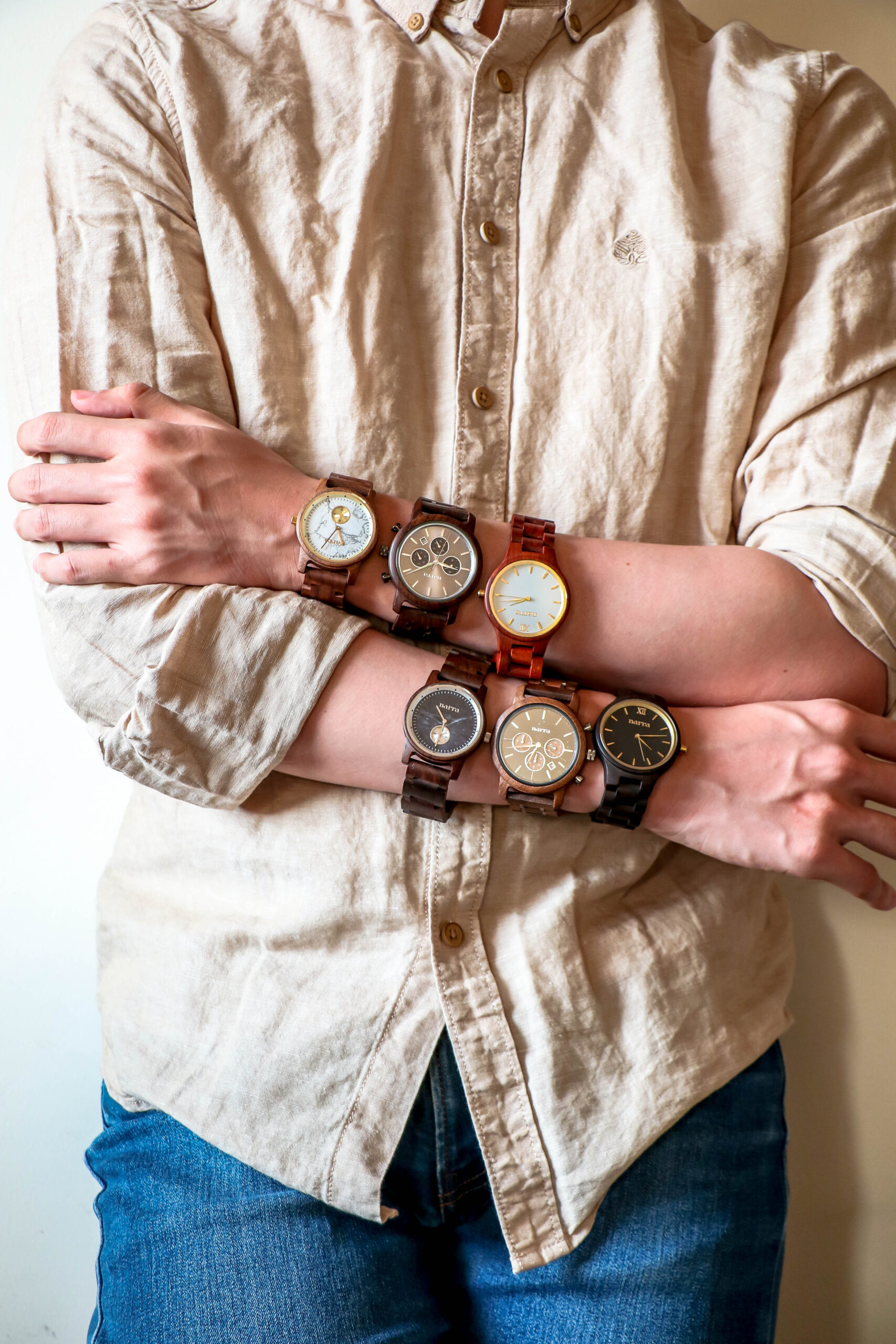
The Birth of New Businesses During the Pandemic
In contrast to Kelvin’s experience of having to shut down his business for a short while due to COVID, the pandemic actually allowed Julie to open Waxing Buddies with two of her friends, Lizette “Liz” Avendaño and Rio Sumalinog.
“The demand for beauty services never ceased but it was, in a way, slowed down during the pandemic when many of the salons temporarily closed. In fact, during this time, many were left with no choice but to do DIYs in their homes,” Julie points out. “This is a good way to maintain one’s self-care routine but at the same time, if done wrong, it can also damage the skin—especially in waxing.”
Given the situation at that time, these three friends thought of bringing waxing services into people’s homes by taking advantage of platforms online in order to accept bookings and inquiries from interested clients. However, despite the convenience of doing transactions online, the pandemic was a very present threat for the business.
“One of the biggest advantages we saw was, of course, the increase in demand since malls and salons were closed during the time,” Julie admits. “However, it was also very difficult since the risk of getting infected with COVID-19 is always there.”
Because of the ever-present risk of getting infected, they provided all the necessary personal protective equipment to their technicians. Likewise, they also made it a priority to ensure the trust and safety of their employees and clients by conducting rapid antigen tests on their technicians—prior to going to the houses of their clients.

What the Pandemic Really Changed
Three years into the pandemic, Kelvin admits that it actually did not change much about how he runs his business. “I wouldn’t say that the pandemic shaped how I run my business since small-scale e-commerce operations have fundamentally remained the same,” the young entrepreneur explains. “I still take orders from my website, pack them myself, and have a third-party logistics provider pick orders up for delivery.”
What the pandemic has really changed, for him, is the landscape of online shopping. “People are more receptive to buying online, and it’s easier than before to buy online,” Kelvin points out. “Customers are on social media more, with increased opportunities to discover unique products like ours.”
Beyond that, the pandemic provided Kelvin with perspective on how fortunate he was—relative to many Filipinos who had to put their lives on hold or at risk amid rising COVID-19 cases. This made him realize that he wanted his business to have a greater purpose that will last even when the pandemic is long gone.
“I realized that I didn’t only want my business to benefit myself with profits, but I wanted my business to allow me the opportunity to give back to society,” he says. “I decided in 2020 to donate to tree planting efforts for every watch sold, and also gave back and donated to various initiatives helping jeepney drivers whose livelihoods were put on hold.”
As for Julie, her main takeaway from running a waxing business in the middle of the pandemic is the idea of home service.
“Eventually, we can expand to having a physical salon,” she says of their plans for the future, especially given the new normal. “But for now, we want to take advantage of this time and focus on how we can improve our services at home.”
